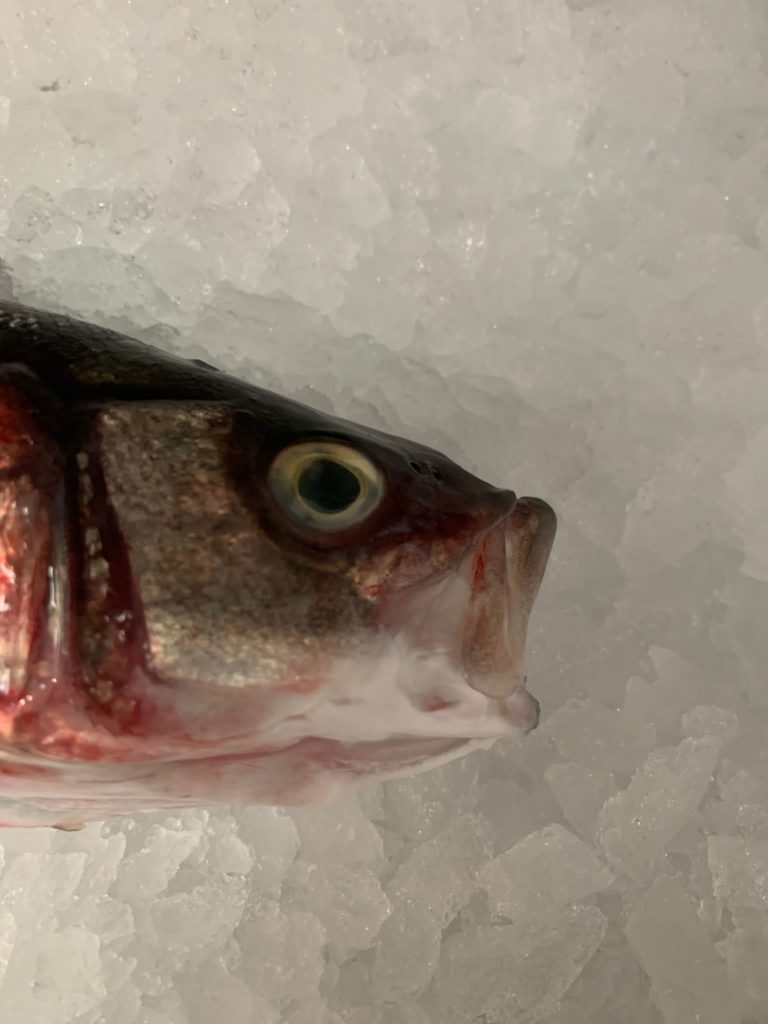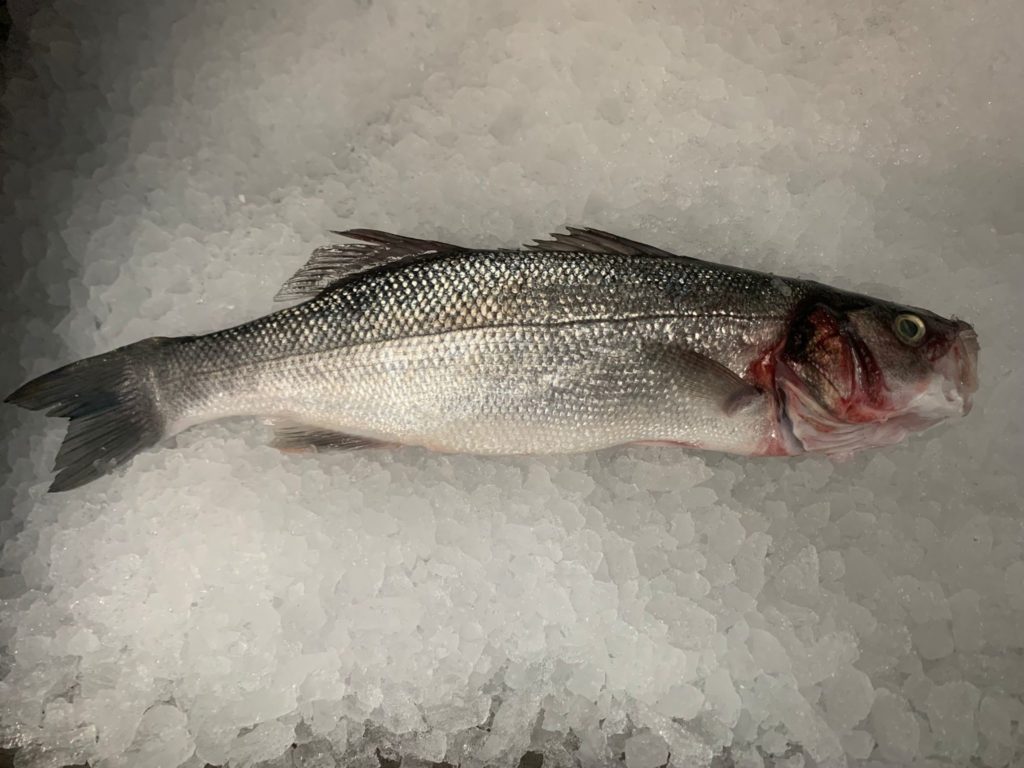What exactly is fresh? What makes fish so fresh and why is this so important to your plate?
Lean protein, healthy omega-3 fatty acids and a great taste are just a few reasons why we love fish. It’s versatile, the heart of any great meal and studies have proven that fish oils can help to increase life expectancy by almost five years. Source: https://bit.ly/3EcechQ
As an example, Cod contains phosphorous (which grows, maintains and repairs tissue and cells), niacin (this increases good cholesterol (HDL) and reduces bad cholesterol (LDL)), and vitamin B-12 (which keeps blood and nerve cells healthy).
But does it have to be fresh? The short answer is yes! You wouldn’t leave a steak on your patio for a few days before putting it on the grill, and every beef lover knows that the fillet that has been sitting in the back of the fridge for a week just isn’t the same as the one straight from the butchers (or our store!).
Keep it local
The source of fish is probably the most important factor in locking in freshness. We catch the majority of our fish from British Waters – in fishing terms this is like having a fresh river running through your back garden and heading out in the morning to catch a trout, then cooking it for breakfast. Our fish is sustainably sourced and ethically caught as locally as possible. From Edinburgh to London, we aim for prompt delivery so you’ll know your fresh fish has gone from sea to plate in as short a time as possible.

But what about freezing, does this really keep fish fresh?
If you decide to freeze your fish, it does. Proper handling of fresh fish is the most important start to locking in freshness. Over time, if mishandled, fish can ‘spoil’. It degrades in quality (and taste). The sooner you decide to freeze your fish, the sooner you lock in that freshness and goodness. This halts and, in some cases, can retard bacterial growth.
Don’t just take our word for it. A study carried out by our friends over the water in Norway (SINTEF) researched how fish should be handled properly to preserve taste and achieve maximum shelf life. In short, it found that freezing fish as soon as it’s caught is the best way. It stated that the “texture, colour, airiness and consistency of the flesh was top quality”. (See here for the study)
Want to see our selection of fresh caught fish? Order here

Decades of experience
You wouldn’t choose just any old wine and there’s an equivalent process to identify fresh fish when you’re making your selections. For most types of fish it can be apparent. Here’s a general guide of what to look for:
- Eyes: The eyes should be nice and clear, moist, plump and shiny. They shouldn’t be dull, sunken or cloudy
- Gills: The gills should be clean and bright in colour (red or pink)
- Fins: The fins will usually be whole, not torn, broken, or degraded
- Flesh: Most of the flesh should be moist and firm, it won’t break too easily when mishandled
- Smell: The fish should smell appealing and clean, not ‘off’ (sour, ammonia-like)
- Fillets: The fillets themselves shouldn’t be discoloured, darkening in colour or be drying-out around the edges
- Lobsters and crabs: These should show some ‘leg’ movement and not remain stiff to the touch.
With a bit of practise, you’ll be able to spot fresh fish straight away. Thankfully, we’ve been in the fish business for 4 decades so we know what we’re talking about and we stand by our commitment to freshness as one of the pillars of our business!

Quality Assured
Not only does our handling process ensure freshness, but this should be compounded by your cooking habits should too. Undercooking fresh fish can cause bacterial infections such as shigella and salmonella. If you’ve frozen your fish, ensure that the fish is thawed-out properly before cooking, otherwise areas still frozen might not cook properly. Try to thaw fish in a bowl of cold water, or in the fridge. The fridge is known as the safest way to thaw at roughly 1 degrees Celsius, for 7 hours per 500g of fish. This way you ensure an even thaw. During cooking, the internal temperature should be roughly 60 degrees Celsius. Practise makes perfect and in time you’ll refine your own methods.
Don’t forget to tag us with any of your recipes or methods. We’re always looking to widen our knowledge and share more expertise with our community.
Don’t compromise on safety
Your preparation of seafood should consider the potential of cross-contamination with ready to eat foods. There’s no point in prioritising freshness if you compromise the healthy characteristics of your dish at the last minute. Here are a few tips to keep you safe:
- Store cooked seafood away from raw seafood. Use dividers or separate compartments in your fridge
- Wash your hands with anti-bacterial hand-wash before and after handling raw seafood
- Between preparing cooked and raw seafoods, wash all chopping boards and utensils in warm/hot soapy water
- Consider using kitchen sanitisers before and after preparing each meal
- If available, use a dishwasher to wash utensils after use as the temperature inside a dishwasher should kill any harmful bacteria that hand-washing might miss
- Clean your fridge regularly. Bacteria isn’t visible to the naked eye and it’s best to be safe by ensuring your fridge is clean. After all the fridge is an extension of your kitchen.
More information
Want to know more about how to cook your fresh fish? Just take a look at our blog here for the latest recipes and methods that are guaranteed to impress at the dinner table.
Want to know how fresh our fish is, or where it’s been sourced? Give us a call or send us an email your incredibly fresh fish can be delivered to your door.
Want fresher fish? You’ll have to buy a boat and catch it yourself.




